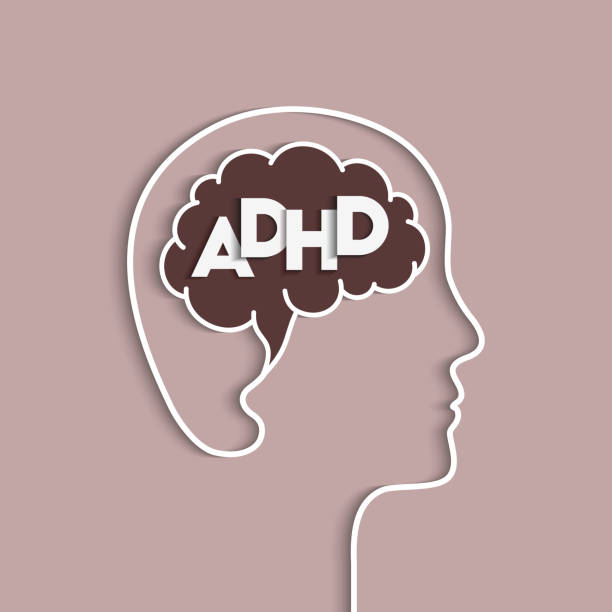Attention-Deficit/Hyperactivity Disorder (ADHD) is a common neurodevelopmental disorder that affects children and can continue into adulthood. Early intervention is crucial for managing ADHD effectively, helping children develop the skills they need to succeed academically, socially, and emotionally. This article explores the importance of early intervention, recognizing the signs of ADHD disorder, and actionable steps parents and caregivers can take to support their children.
Understanding ADHD Disorder
ADHD disorder is characterized by patterns of inattention, hyperactivity, and impulsivity that are inconsistent with the child’s developmental level and affect their functioning or development. It is one of the most common childhood disorders, affecting approximately 5-10% of school-aged children. There are three types of ADHD:
- Predominantly Inattentive Presentation
- Predominantly Hyperactive-Impulsive Presentation
- Combined Presentation
Each type presents differently, but all can significantly impact a child’s ability to function in various settings, including home, school, and social interactions.
Recognizing the Signs of ADHD Disorder
Inattention
Children with ADHD disorder often exhibit signs of inattention that can be mistaken for laziness or lack of interest. These signs include:
- Difficulty sustaining attention in tasks or play activities
- Frequent careless mistakes in schoolwork
- Avoidance of tasks that require sustained mental effort
- Losing items necessary for tasks and activities
- Being easily distracted by extraneous stimuli
- Forgetfulness in daily activities
Hyperactivity
Hyperactivity is another critical indicator of ADHD disorder. Children may show:
- Fidgeting or tapping hands or feet
- Inability to stay seated in situations where it is expected
- Running or climbing in inappropriate situations
- Failure to play or engage in activities quietly
- Excessive talking
Impulsivity
Impulsivity in children with ADHD disorder can manifest as:
- Blurting out answers before questions have been completed
- Difficulty waiting for their turn
- Interrupting or intruding on others’ conversations or games
The Importance of Early Intervention
Early intervention for ADHD disorder is critical for several reasons:
- Academic Success: Early identification and intervention can help children develop strategies to improve focus and academic performance.
- Social Skills: Children with ADHD often struggle with social interactions. Early intervention can provide tools to help them build and maintain friendships.
- Emotional Well-being: Addressing ADHD early can reduce the risk of developing secondary issues such as anxiety, depression, or low self-esteem.
- Family Dynamics: Effective management of ADHD can improve family relationships by reducing stress and conflict.
Steps for Early Intervention
Professional Assessment
If ADHD disorder is suspected, a comprehensive evaluation by a healthcare professional is essential. This assessment typically involves:
- A thorough medical history
- Behavioral checklists and questionnaires
- Input from parents, teachers, and other caregivers
- Observations of the child’s behavior in different settings
Behavioral Therapy
Behavioral therapy is often recommended as a first-line treatment for young children with ADHD disorder. It can help children learn to manage their symptoms and improve their behavior. Techniques include:
- Positive reinforcement for desired behaviors
- Structured routines and clear expectations
- Consistent consequences for inappropriate behaviors
Educational Support
Children with ADHD may require classroom accommodations to help them succeed. These can include:
- Preferential seating to reduce distractions
- Extended time on tests and assignments
- Breaks during long periods of instruction
- Use of organizational tools like planners and checklists
Medication
In some cases, medication may be prescribed to help manage symptoms of ADHD disorder. Stimulant medications, such as methylphenidate and amphetamines, are commonly used and are effective. Non-stimulant medications are also available and may be recommended depending on the child’s specific needs and medical history.
Parent Training and Support
Parents play a crucial role in the management of ADHD disorder. Parent training programs can equip parents with strategies to:
- Implement effective discipline
- Communicate positively with their child
- Provide a supportive and structured home environment
Building a Support Network
Early intervention for ADHD disorder involves a collaborative approach. Building a support network can help ensure comprehensive care for the child. This network might include:
- Healthcare professionals (pediatricians, psychiatrists, psychologists)
- Educators and school staff
- Therapists and counselors
- Support groups for parents and caregivers
Monitoring and Adjusting Interventions
ADHD disorder is a chronic condition, and the needs of the child can change over time. Regular monitoring and adjustments to the intervention plan are necessary to ensure continued effectiveness. This might involve:
- Periodic re-evaluations by healthcare professionals
- Ongoing communication with teachers and school staff
- Adjusting medications or therapy approaches as needed
Conclusion
Early intervention for children with ADHD disorder is vital in helping them navigate the challenges associated with the condition. Recognizing the signs early, seeking professional assessment, and taking proactive steps can make a significant difference in a child’s life. With the proper support and strategies, children with ADHD can achieve their full potential and lead fulfilling, successful lives. Parents, educators, and healthcare professionals must work together to create a comprehensive plan tailored to the child’s unique needs, ensuring they have the best possible start in life.
